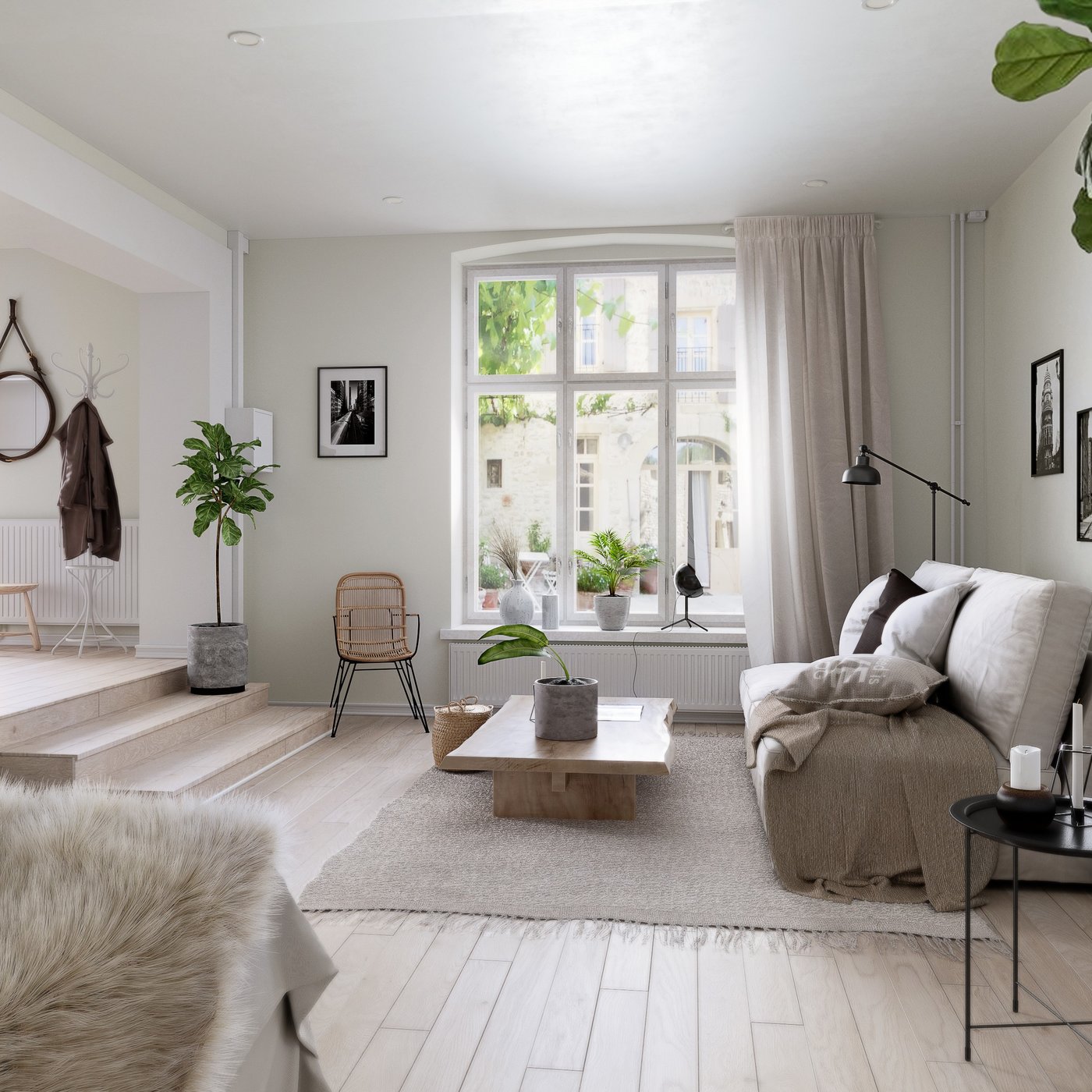

Particular attention is paid to lighting, with a choice between refined but stylish lamps that remain true to Scandinavian influences, or lights made from wood and paper that plunge interiors into a half-light revered by the Japanese, as described by Junichiro Tanizaki in his work In Praise of Shadows.Įvanescent ferns, delicate Japanese maples, and downy cotton flowers are at home here, but again in small doses. A wooden screen, a futon bed, or a wicker armchair add delicate decoration to the bedroom or living room, while ceramic vases and copper chandeliers provide the finishing touch. Minimalism is the rule, and interiors are emptied to leave only the essentials.
NORDIC MINIMALIST DECOR FULL
Gone are the collections of trinkets and photo frames and rooms stuffed full of furniture. Materials like leather or concrete can also be found in small doses in Japandi interiors, because it is undeniable that raw materials go particularly well with pastel tones.Ĭlean-cut is the watchword in Japandi. The passage of time and the patina acquired, the ultimate form of refinement for lovers of wabi-sabi, only serve to make them more desirable. For furniture, interiors that follow the Japandi trend feature items made from natural materials, so dear to the figurehead of Scandinavian design Alvar Aalto, such as oak, pine, and acacia. White, soft pink, sand, and beige take pride of place, sometimes alongside a touch of taupe, brown, or anthracite grey to create volume and contrasts. The walls are painted in light, pastel colours.

‘The beauty of imperfect, impermanent and incomplete things is the beauty of modest, humble things and the beauty of unconventional things’, explains Leonard Koren in his book Wabi-sabi: For Artists, Designers, Poets & Philosophers.

Thus is born a warm environment, somewhere between the famous hygge so dear to Scandinavians, where cosy covers and candles adorn interiors, and wabi-sabi, the Japanese aesthetic concept that advocates imperfection through handmade objects and the effects of time. The neutral tones and sober design of Japanese interiors complement the clean lines and natural materials found in the Nordic style. Japandi is formed from the words Japan and Scandinavia, but it is above all a blend of two movements that share various similarities, including minimalism. Interior Design: / Photography: Dennis Lo (/ When Scandinavian minimalism and the Japanese spirit combine, the result is a trend that is carving out a place in interiors: Japandi.


 0 kommentar(er)
0 kommentar(er)
